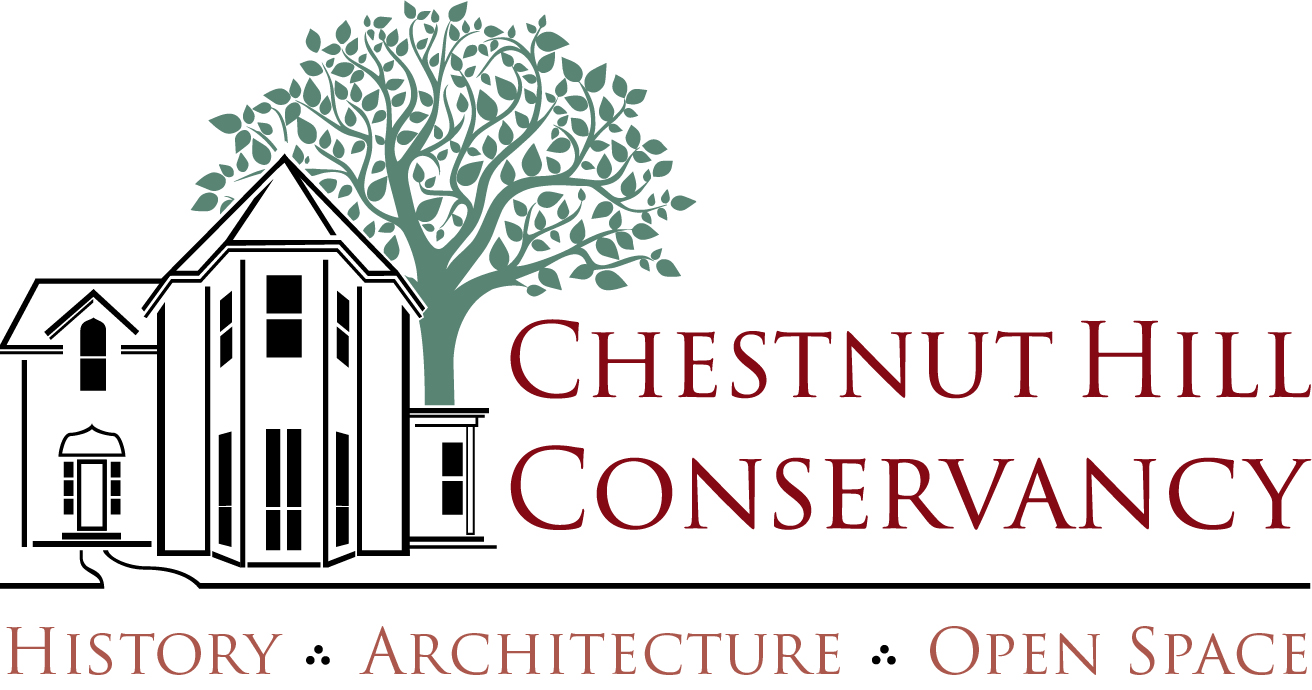
Maps
One of the key deliveries of the Chestnut Hill Residential Conservation, Preservation, and Development Study is a series of six maps that help to illustrate the lay of the land—a survey of what exists, and what’s at stake.
Click on each map to enlarge and view at full resolution in a new window.
AERIAL
Aerial imagery providing an overview of the natural and built environment of Chestnut Hill. (Linked image: 11MB.)
ENVIRONMENTAL FEATURES
Information on the natural systems of Chestnut Hill including slopes, land cover, elevation, and watershed. (Linked image: 4MB.)
EXISTING PUBLIC AND PRIVATE PROTECTED LAND
Locations of existing public parkland and privately-owned lands that are protected by a conservation easement. Note: conservation easements are not generally publicly accessible. (Linked image: 3MB.)
HISTORICALLY SIGNIFICANT ARCHITECTURE
Shows significant and contributing properties from the Chestnut Hill National Register Historic District, a distinction that offers no protection from demolition. Also locates the Philadelphia Register of Historic Places and preservation easement protected structures, each of which offer a layer of protection. Note: preservation easements are not generally publicly accessible. (Linked image: 4MB.)
ADDITIONAL RESOURCES
These external resources provide related and relevant up-to-date information:
- Philadelphia Register of Historic Places (Philadelphia Historical Commission)
- Property assessments (OpenDataPhilly)
- Vacant Property Indicator (OpenDataPhilly)
- City-Owned Vacant Property (OpenDataPhilly)
- Tax Delinquent Properties (OpenDataPhilly)
- City of Philadelphia Metadata Catalog (Phila.gov)
- Stroud’s WikiWatershed/Model My Watershed (WikiWatershed)
- Greater Philadelphia History Network (PhilaGeoHistory)






